I came to America 30 years ago last month. I arrived in Los Angeles the night Elvis died. I was 16 years old, fresh out of a Swiss boarding school, about to
start my first year of college.
This was two years before the Islamic Revolution, yet I had left Iran willingly and without regret, certain that I would never go back except to visit. I did love the country, and most of its people. To this day, I think it’s the most beautiful place I have seen, and that its people, by and large, are among the smartest, most hospitable, most capable in the world.
But even in 1977, when the Shah was still firmly in power and his kingdom was, in the fateful words of President Carter, “an island of stability,” Iran was a place of great injustice and vast intolerance — a land of the mighty where the rich, the well-connected wielded nearly absolute power over the weak. And though I came from a well-to-do family, at a time when the Jews had thrived and prospered thanks to the Shah, I was acutely aware of the small and large cruelties — the devastating limitations imposed on the poor, the meek and women by religion and geography and thousand-year-old traditions.
The first two years in Los Angeles were a time of great loneliness for me: I had lost touch with my Iranian friends when I left for boarding school, and I lost my boarding school friends when I left for America. Back then, most Americans had not heard of Iran and couldn’t imagine what kind of place it was. When I told them it’s somewhere in the Middle East, near some Arab countries, and that we had oil, they asked, without malice or sarcasm, if I could belly-dance and if we had paved roads and cars or if we rode camels to work and school. When I told them that Iranians are not Arabs, that Iran is the old Persia, they looked at me suspiciously and asked why, then, had I claimed I was Iranian, and not Persian.
Still, there was something about being cut loose from the past, existing in a vacuum of tradition and identity so dissimilar to the rigid structure that would have stifled me in Iran, having possibilities I wouldn’t have dared contemplate as a woman or a Jew back there, that gave me a sense of exhilaration and optimism.
When the Shah fell in early ’79, and tens of thousands of other Iranians began to settle in Los Angeles, I thought I had been granted two blessings at once: I could live in the proximity of my Iranian family and friends, without having to submit to the inequities of Iranian society. I found it strange that other Iranian Jews, even women my age, lamented the fall of the Shah and their own subsequent exile with such great passion, that they spent months, even years, glued to American television and Farsi language radio, waiting for news of the coup they were sure the Shah, and later his son, would stage. I could understand the sense of loss and disorientation, the nostalgia for home and country that many of my fellow Iranian Jews suffered from in those days, but I didn’t see how any of us would want to return to the place we had been, in my mind at least, liberated from. How we could, in good conscience, pray to return to life in a dictatorship when we could live in a democratic country; how we could wish to be ruled by one man’s whims and wishes when we could opt for a set of laws that transcended the individual?
Once the Shah died and his crown prince assumed the role of “monarch in exile,” I watched with wonder as Iranians rallied around him in hopes that he would unseat the mullahs and bring them all back home. I had seen him — Crown Prince Reza — when I was a child in Iran. He was about my age. In official photographs and on the television news, he looked lost in his surroundings, uncomfortable in the French suits and military uniforms he was made to wear, uneasy before the grown men who bowed before him and kissed his hand, the jewel-clad women who were moved to tears by the honor of having permission to curtsy before him.
Three decades later, in the gatherings hosted by Iranian immigrants in Los Angeles, he was tall, graying, and still, to my mind, a bit lost. He spoke about his imminent return to Iran, how he was going to save the country and its people, rule as a constitutional monarch. To me, he sounded tentative — as if he were playing a role he had assumed for lack of another option, chasing a destiny that, try as he might, he knew he wasn’t going to catch. But all around me people sat glued to his words, praising his speeches, rushing to applaud.
I could understand the adoration most Jews had for him and his father: The Shah had been good to us. He had given us freedom and opportunity and a sense of safety we hadn’t known for more than 1,000 years of living in Shiite Iran. But he had also ruled as a tyrant who claimed he was God’s personal envoy on Earth, who insisted that his portrait be displayed in every house and business establishment in the country, that his anthem — not the national anthem, but the one created to worship him — be played in every movie theater before every showing of every film. That schoolchildren everywhere in the country begin their day with a prayer for his health and well-being. His appetite for power was endless; the consequences for disobeying were unthinkable. Is this, I wondered, what people were wishing to return to?
On Aug. 24, I was clearing out my junk e-mail when I came upon an e-mail sent by one of the many Iranian-American groups active on the Web. Perhaps because it was the anniversary of my arrival in the United States, because I was already amazed and stunned at the speed with which time had passed, I opened the e-mail. It was a grainy, black-and-white, home video shot by an unsteady hand and posted on You Tube. It showed images of Tehran on the morning of the Shah’s official coronation: Empty, barricaded streets; the Shah and his family inside a palace, walking down a velvet rug, up to a bejeweled throne where he placed a crown on his queen’s head, and another on his own. Afterward, thousands of people lined up behind barricades on the sides of the streets, an endless police motorcade, two carriages — one for the Shah and his queen, the other for the crown prince — pulled by white horses. It was an unreal sight — the young prince, so small that his feet, I imagined, didn’t reach the floor of the carriage, sitting behind the window with the solid gold frame, waving his little hand at his father’s subjects, traversing a street, a city, a country that, he has been told all his life, will one day be his.







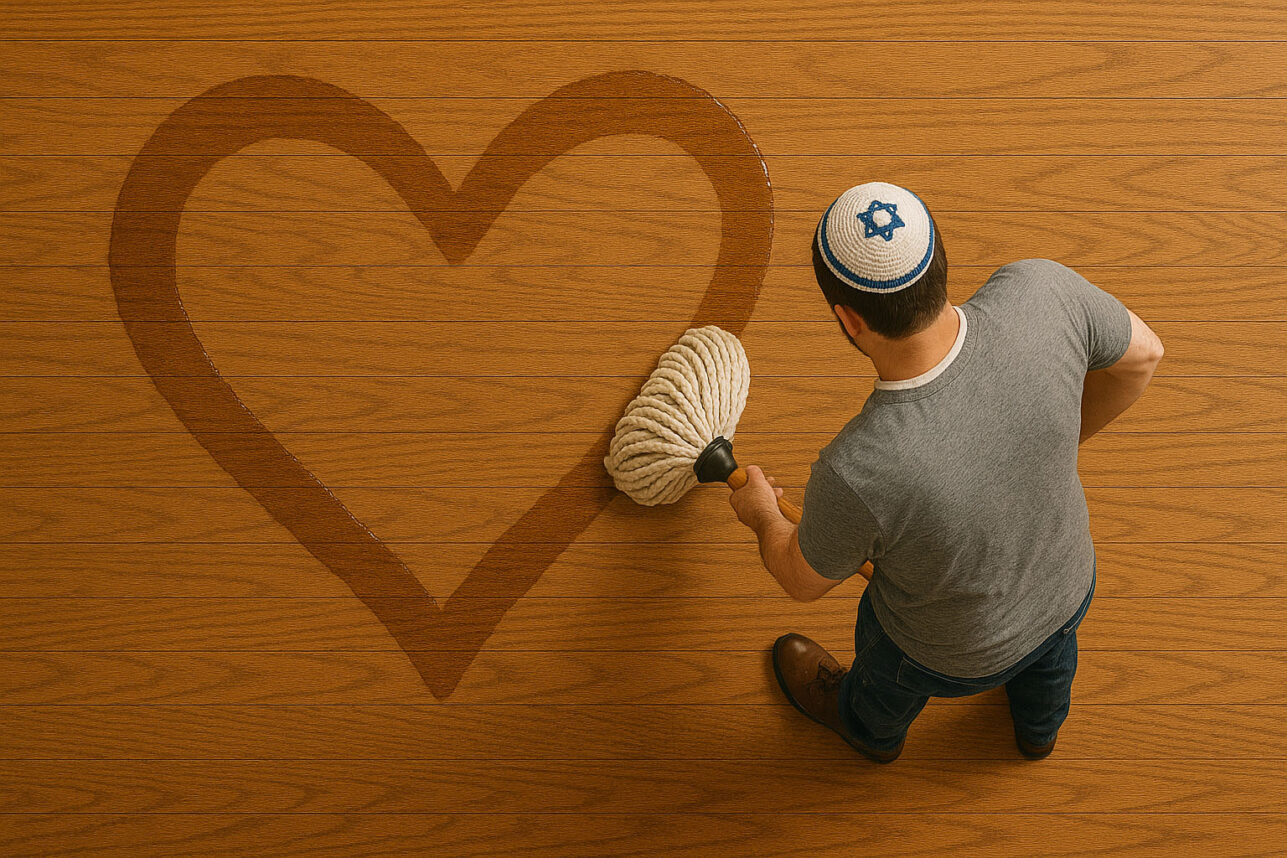
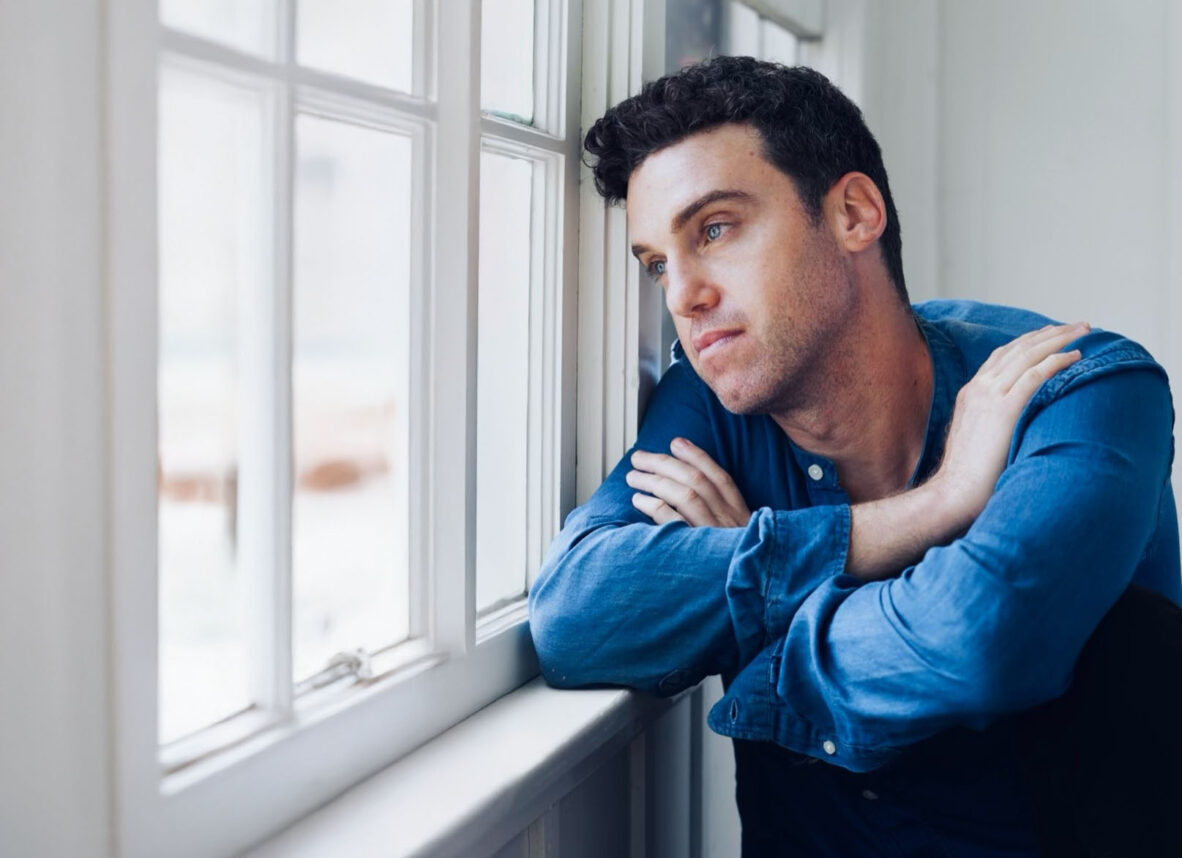


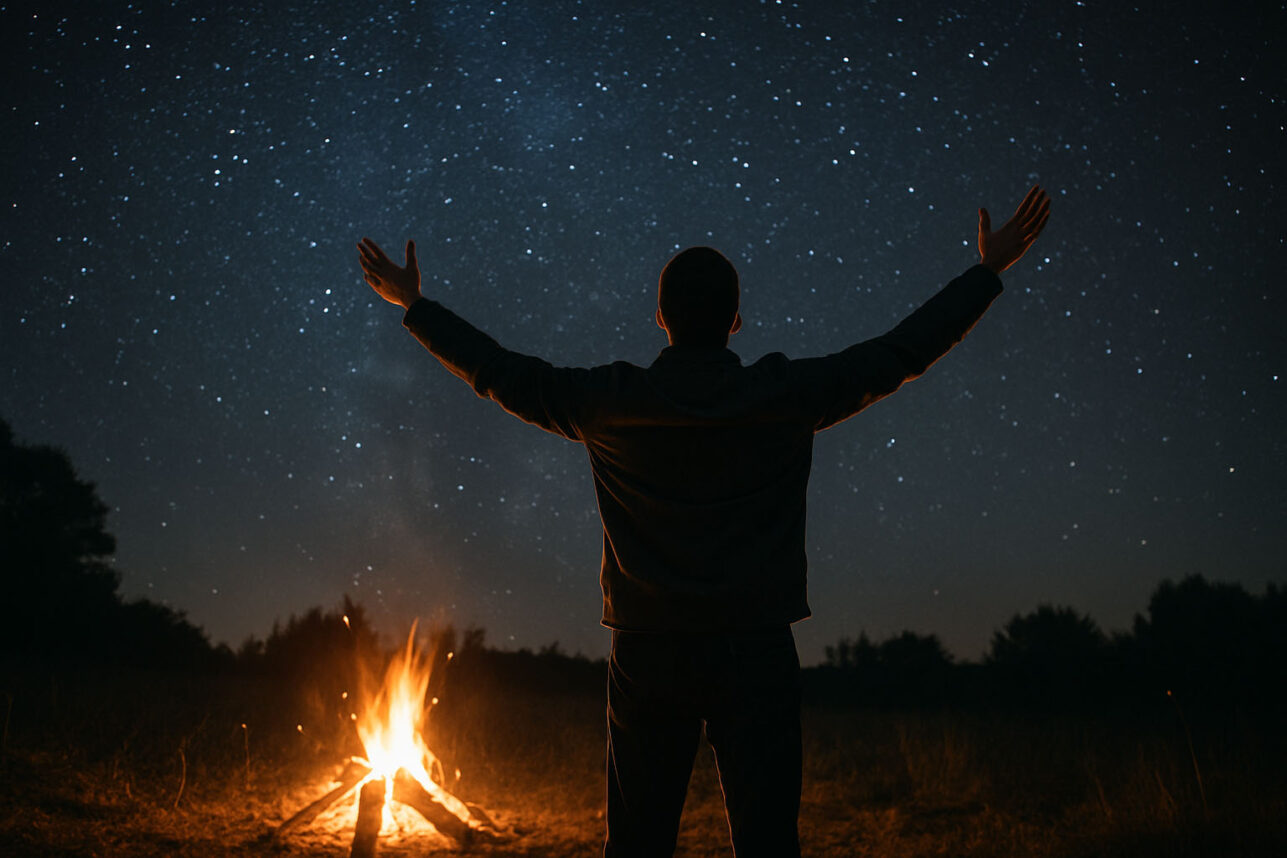


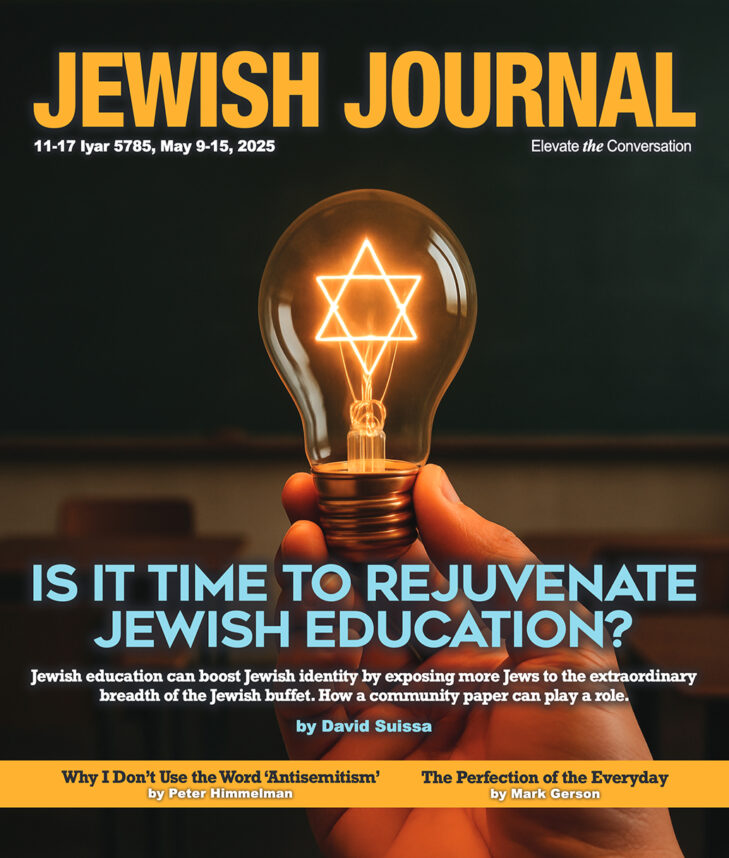
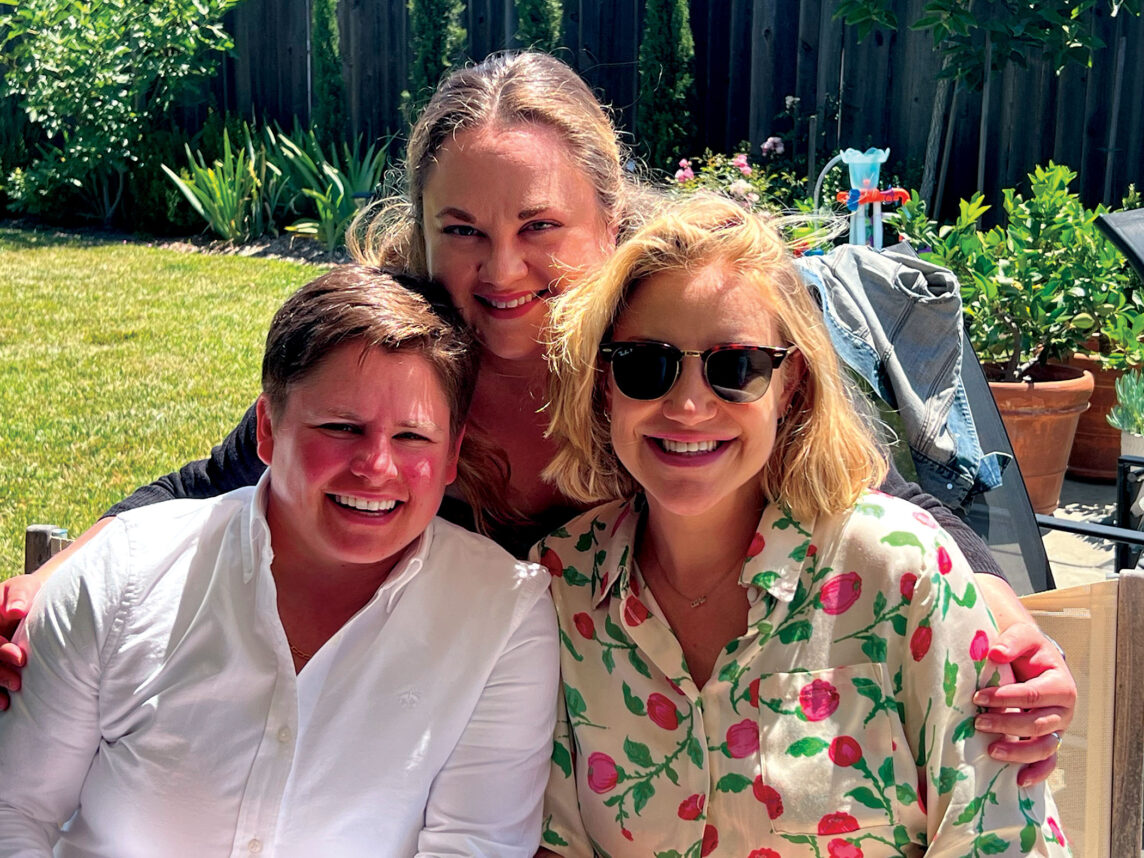

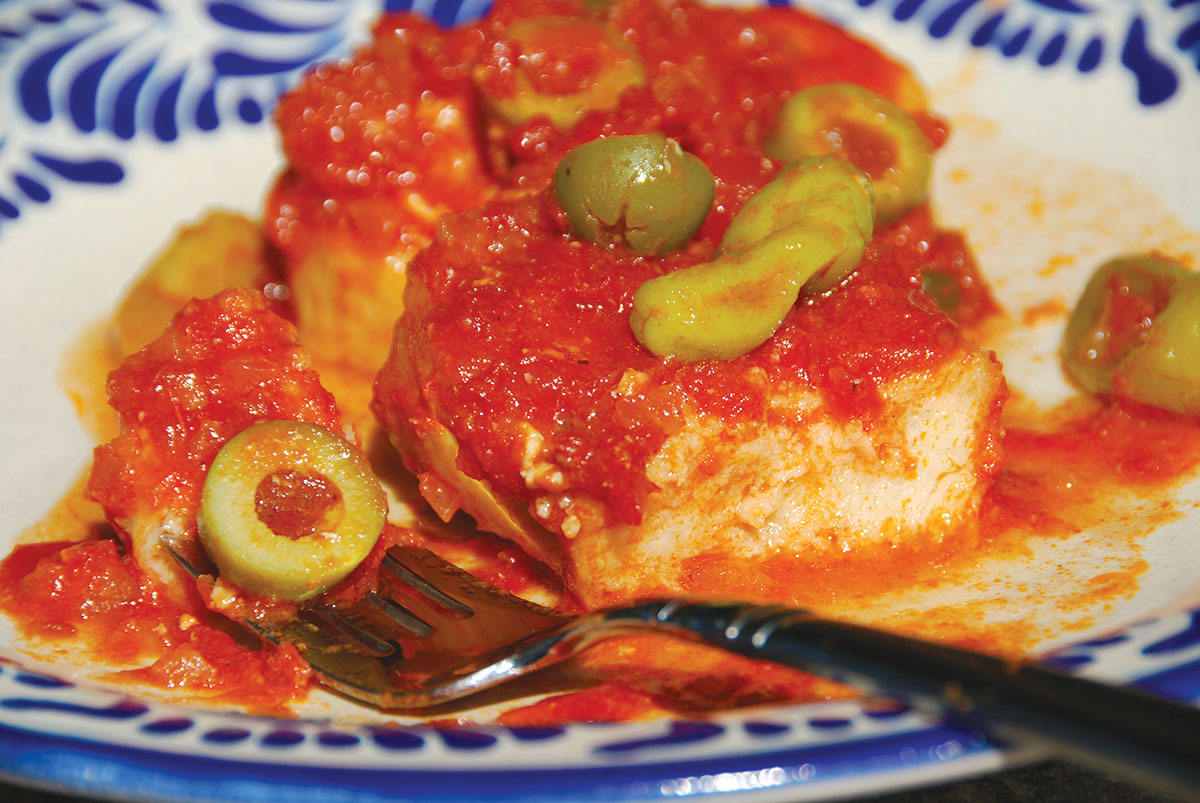



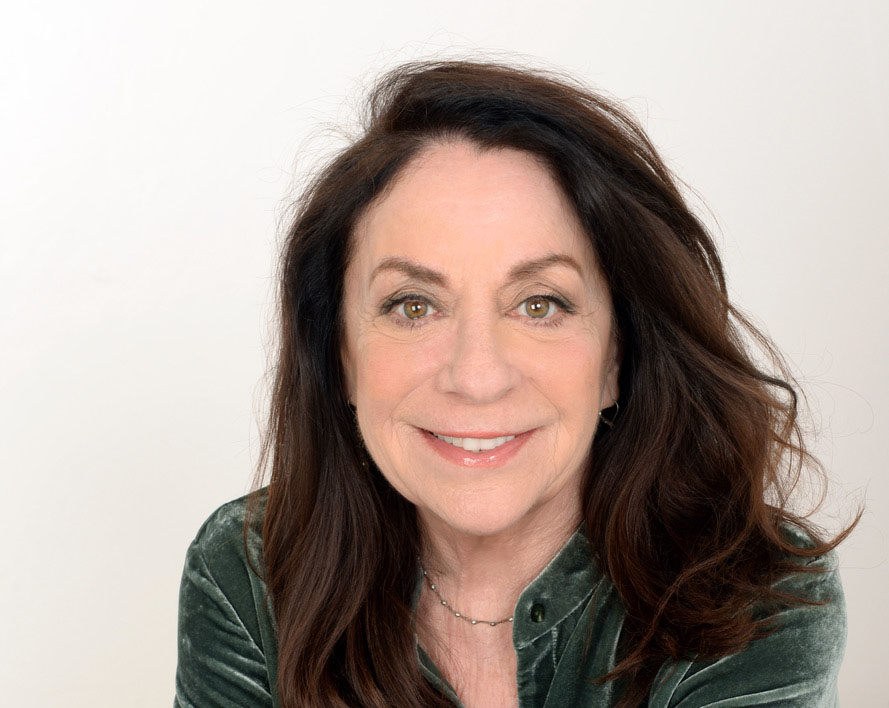


 More news and opinions than at a Shabbat dinner, right in your inbox.
More news and opinions than at a Shabbat dinner, right in your inbox.